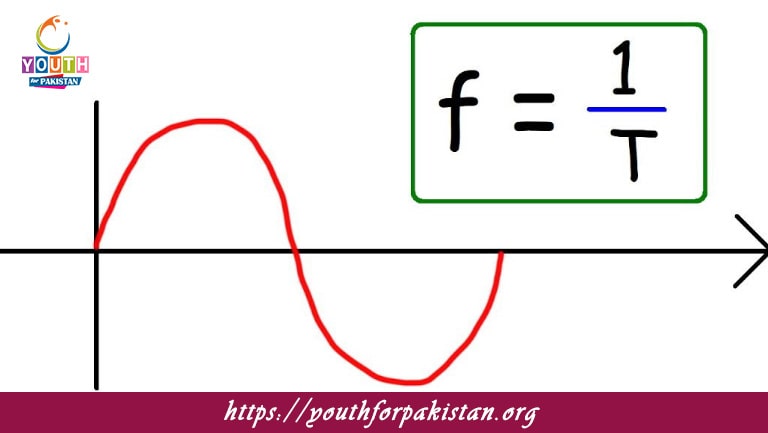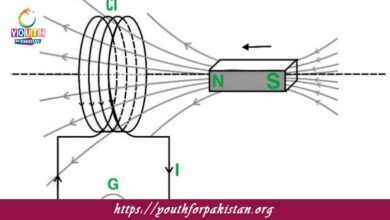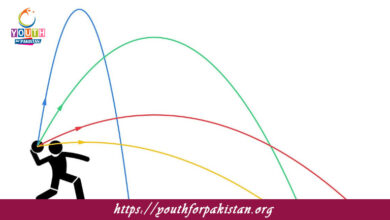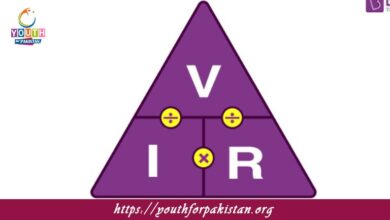Time Period And Frequency MDCAT Quiz with Answers

Time Period And Frequency MDCAT Quiz are two fundamental properties of periodic waves that are inversely related. These properties tell how frequently a wave wobbles in a given time frame. Understanding these properties is, therefore, very vital for MDCAT students when solving problems concerning wave motion.
Time Period And Frequency
Time Period: The time period (????) of a wave is the time taken by one complete cycle of the wave to pass a given point. It is usually measured in one second (s). The time period of the wave is inversely related to its frequency and stands for the duration taken for one full oscillation of the wave. The formula for calculating the time period is: T=1/f. Frequency: Frequency (????) tells the number of complete cycles or oscillations occurring in a given unit of time, normally one second. Frequency is measured in hertz, h (Hz), where one hertz is one cycle per second.
Energy and Amplitude: The frequency and time period also play a role in determining the energy of the wave. For example, in sound waves, a higher frequency corresponds to a higher-pitched sound, while in electromagnetic waves, frequency determines the type of radiation (e.g., radio waves, X-rays, visible light).
MDCAT Quiz: Time Period and Frequency Questions
In the MDCAT Quiz, students might be asked to calculate the time period or frequency of a wave given other wave parameters such as wavelength or wave speed. Additionally, they may be required to use the relationship between time period and frequency to solve problems involving wave behavior. Students could also encounter scenarios where they need to distinguish between waves of different frequencies or time periods and analyze their effects on energy or intensity.
- Test Name: Time Period And Frequency MDCAT Quiz
- Type: Quiz Test
- Total Questions: 30
- Total Marks: 30
- Time: 30 minutes
Note: Answer of the questions will change randomly each time you start the test, once you are finished, click the View Results button.
Free Flashcards for Time Period and Frequency
Free flashcards focused on time period and frequency can help MDCAT students reinforce their understanding of these concepts. Flashcards can include the formulas for time period and frequency, as well as practice problems that help students understand how to calculate each and solve related wave problems. Regular review of these flashcards will improve students’ ability to apply the concepts of time period and frequency efficiently in the MDCAT Quiz.

What is the definition of the time period of a wave?
The time taken for one complete cycle of the wave

What is the relationship between time period and wavelength in a wave?
Time period and wavelength are independent of each other

What is the relationship between the time period and the number of oscillations in one second?
The number of oscillations is the inverse of the time period

How does the frequency affect the energy of a wave?
Higher frequency increases the energy of the wave

How does the frequency of a wave relate to its wavelength?
Frequency and wavelength are inversely proportional

What happens to the frequency of a wave when its amplitude is increased?
The frequency remains the same

How is the time period of a sound wave related to its frequency?
The time period is the reciprocal of the frequency
Experience the real exam environment with our expertly designed collection of over 25,000 MCQs MDCAT Mock Tests.





